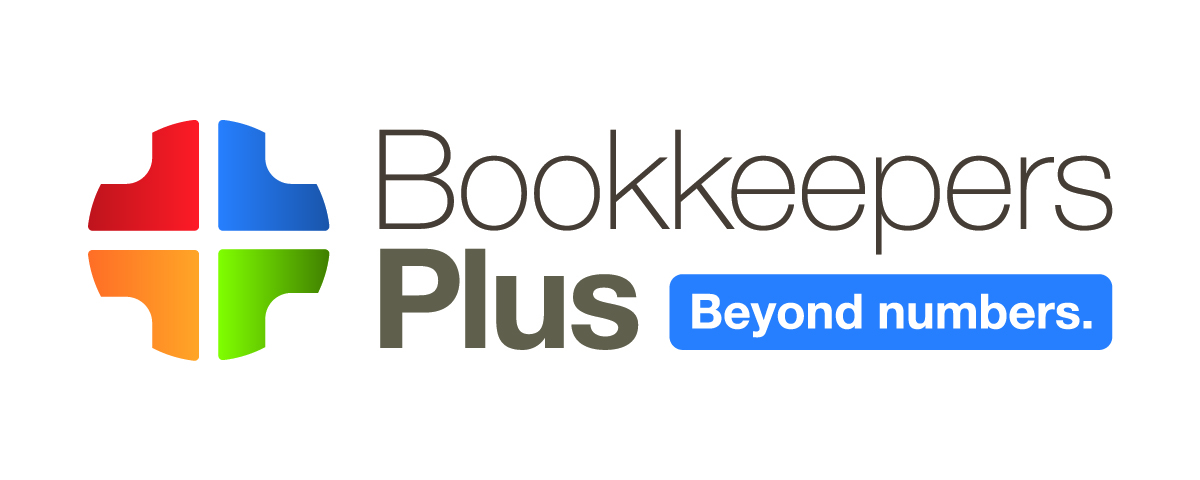Nonprofit Accounting: Restricted Funds—Not Yours Until You Earn Them
/Hey, nonprofit executive. Great news! You just received a $100,000 grant! What do you say to that?
“Start the party! Right?”
Well, actually, no—not unless your budgeted activities agreed to by the funder included having a party on their dime. And the odds of that are about as likely as the odds of you getting another grant if you spend restricted funds inappropriately. In fact, chances are that you and each board member would be responsible for repaying the funder out of your own pockets. Depending on the circumstances, someone could even spend time behind bars.
Yeah, it IS that serious.
As you might have guessed from this scenario, fund accounting for nonprofit organizations means that financial transactions are categorized, tracked, and reported to make sure contributions are used as the donor intended them. Unrestricted funds would have legal parameters on how a nonprofit’s resources are spent in general, but no specific requirements from donors. Restricted funds are dollars that come with strings attached. These “strings” include limitations by time and purpose.
Permanently Restricted Funds might never actually be “spent.” Rather, they become assets of the organization. They would include contributions to an endowment to be invested. The earnings could be spent. But the principal would be preserved as a restriction on the purpose.
Temporarily Restricted Funds are typically intended to help finance the operations of a nonprofit organization. They must be spent during a prescribed time period and the expenses must qualify according to the terms of the grant agreement.
Here are some tools for tracking Temporarily Restricted Funds in QuickBooks.
In the Customer list, set up a Customer in the name of the funder.
Under the Customer, add a Job which is specific to the grant agreement to be tracked. This might be a grant number provided by the funder for tracking and reporting purposes.
In the Chart of Accounts, there should already be an Income account for Direct Public Support.
In the Item list, create an Item called Temporarily Restricted Funds. Select the Item Type to be Other Charge. Point the Item to the Direct Public Support income account.
When you receive notification that a grant has been awarded, record the contribution in QuickBooks using an invoice. When spending the grant money, record the expenses in the appropriate transaction windows (Enter Bills, Enter Credit Card Charges, Pay Employees, or Write Checks). In the Customer/Job field, select the Customer/Job you created for the grant.
Find out how Bookkeepers Plus can help your nonprofit organization
You will now be able to create a cash-basis Profit & Loss by Job report for this grant (and any other grants you have been awarded) showing Income, Expense AND Net Income. For Temporarily Restricted Funds, Net Income is the amount of the grant yet to be spent. It does not belong to you. Compare Net Income to Total Checking/Savings on the Balance Sheet. To this total, add Undeposited Funds and any other liquid assets listed under Other Current Assets.
Your total liquid assets must exceed the Net Income remaining in Temporarily Restricted Funds. If total liquid assets falls short, that means you are “borrowing” from restricted funds in violation of your grant agreement. This is all that would be required for the funder to legally demand repayment of the unspent grant funds.
If you are unable to raise enough Unrestricted Funds to pay back the “borrowed” amounts, you and each board member could be held personally liable for the repayment. Depending on the circumstances, the organization could lose its charitable status. Previous donors could be told that contributions they believed would be tax deductible would in fact not be deductible. Depending on the circumstances, you could even be held criminally responsible. It has happened. Don’t let it happen to you.
Whether you are starting a nonprofit or operating an established organization, proper financial management can be the difference between success and failure. Use the form on this page to contact me with your questions and make sure your numbers add up for success.
Special thanks to Barbara Clare at MAP for Nonprofits from whom I and a nonprofit board received training. A link to her presentation can be found on the Bookkeepers Plus Resources Page.



